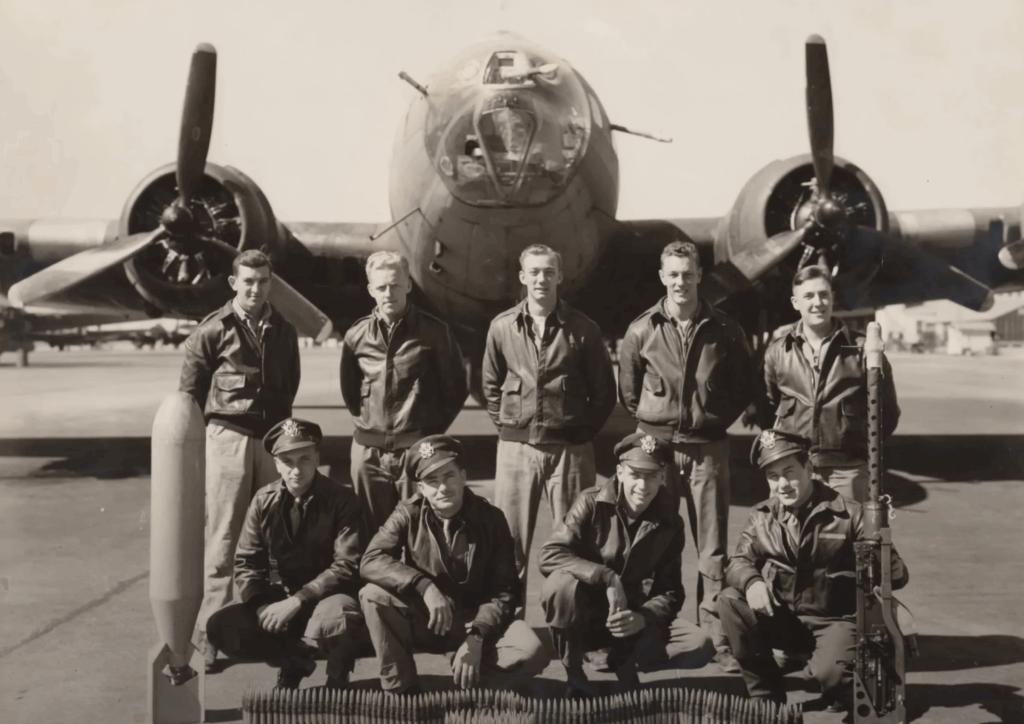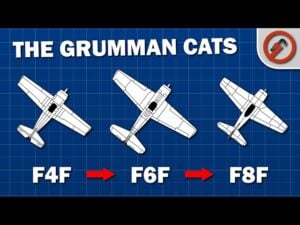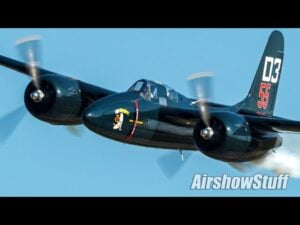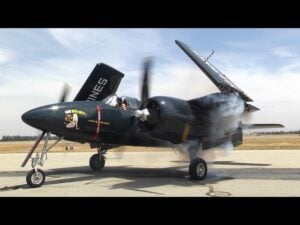The Incredible Story of the B-17 Flying Fortress That Defied Logic and Flew Over 10 Minutes Without a Cockpit
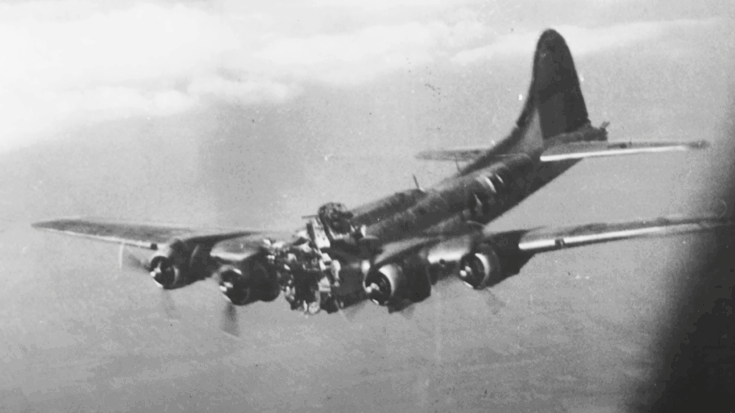
FlakAlley / YouTube
A Routine Mission Turns Into Chaos
On July 14, 1944, a B-17 Flying Fortress known as “MSP” took off from Italy as part of a 60-plane formation. The crew’s mission was to bomb the railway yards in Budapest, Hungary. These yards were crucial for moving troops, oil, and equipment, making them a vital military target. The aircraft was piloted by 24-year-old First Lieutenant Ewald Swanson of the 483rd Bomb Group.
As they entered Hungarian airspace, the group was met with heavy anti-aircraft fire. Explosions filled the sky, damaging MSP’s tail and wings. Still, the formation pressed on. Just seconds before reaching the target, bombardier Kenneth Dudley released the payload. But at that very moment, an 88mm shell hit the nose of the aircraft, instantly killing both the bombardier and the navigator. The entire front of the plane was torn away, leaving the cockpit destroyed and the cabin open to the freezing air.
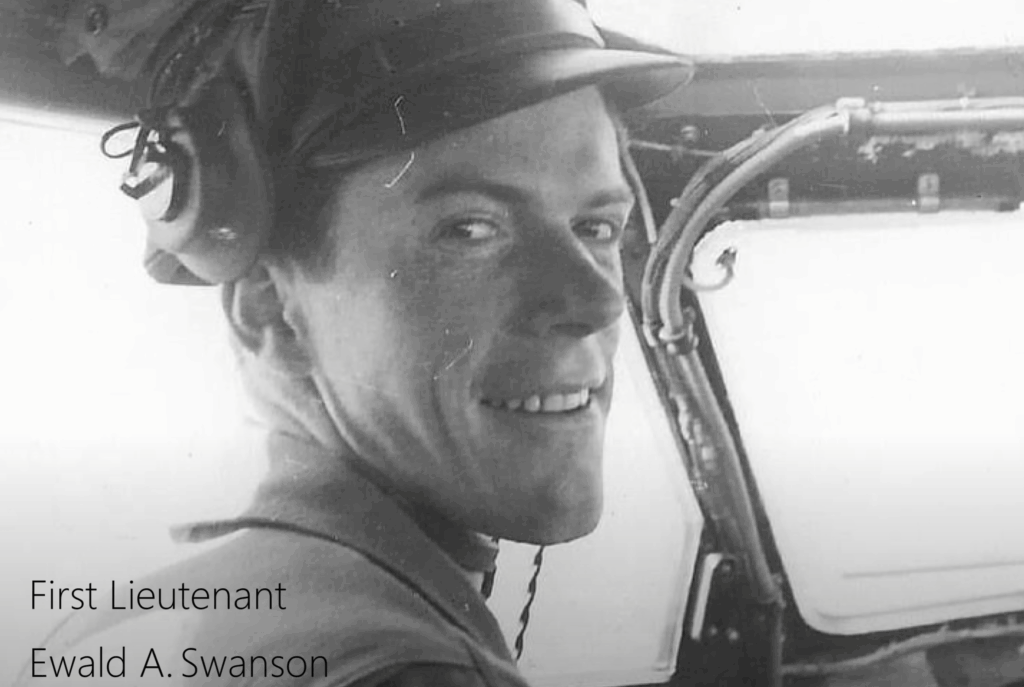
Flying Blind Through Sheer Will
Despite the chaos and sub-zero temperatures, Swanson somehow kept the plane from stalling. Without instruments or a control panel, and with no cockpit, the pilot and his crew did something nearly unthinkable. By manually pulling on the exposed control cables, they managed to guide the plane back into formation. A nearby B-17 crew watched in disbelief as the nose-less aircraft flew alongside them, covered in blood and damage, but somehow still airborne.
Their situation worsened when another shell hit MSP, destroying one of the engines. The aircraft started losing speed and altitude. Drag from the damage increased by the second. For ten minutes, the crew fought to keep the B-17 stable, desperately trying to escape enemy airspace.
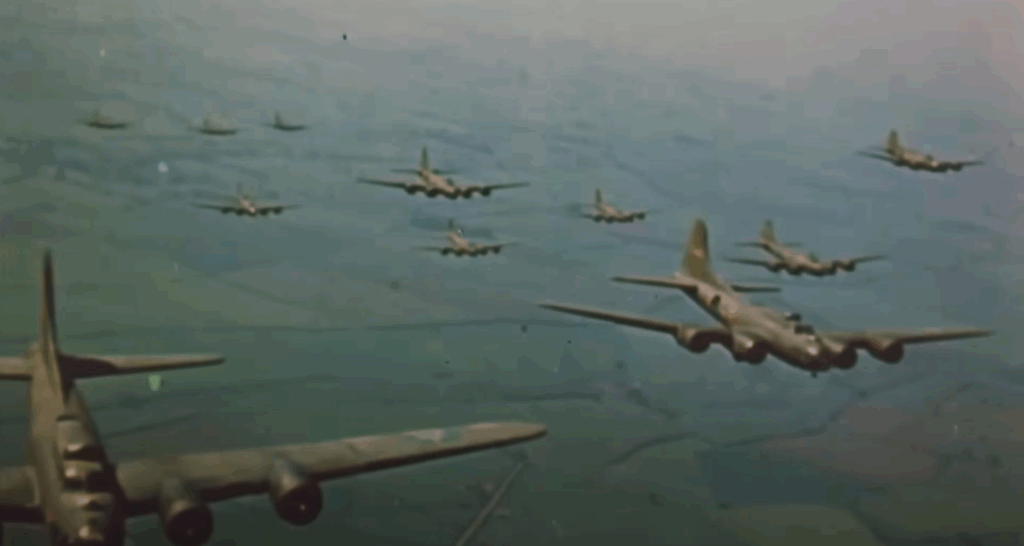
The Last Moments in the Air
Once over open ground, Swanson ordered the crew to bail out. Seven of them parachuted to safety. Swanson, still fighting the controls, stayed behind to hold the aircraft steady. When he finally attempted to jump, his parachute got caught on jagged metal and tore badly. He was flung backward and passed out from the force as he fell from 20,000 feet.
He regained consciousness just moments before hitting the ground. Realizing his parachute was damaged, he aimed for trees near what appeared to be a prisoner-of-war camp. The treetops broke his fall, but he still suffered a broken leg and deep cuts. Remarkably, German medics found him and gave him medical care, saving his life.
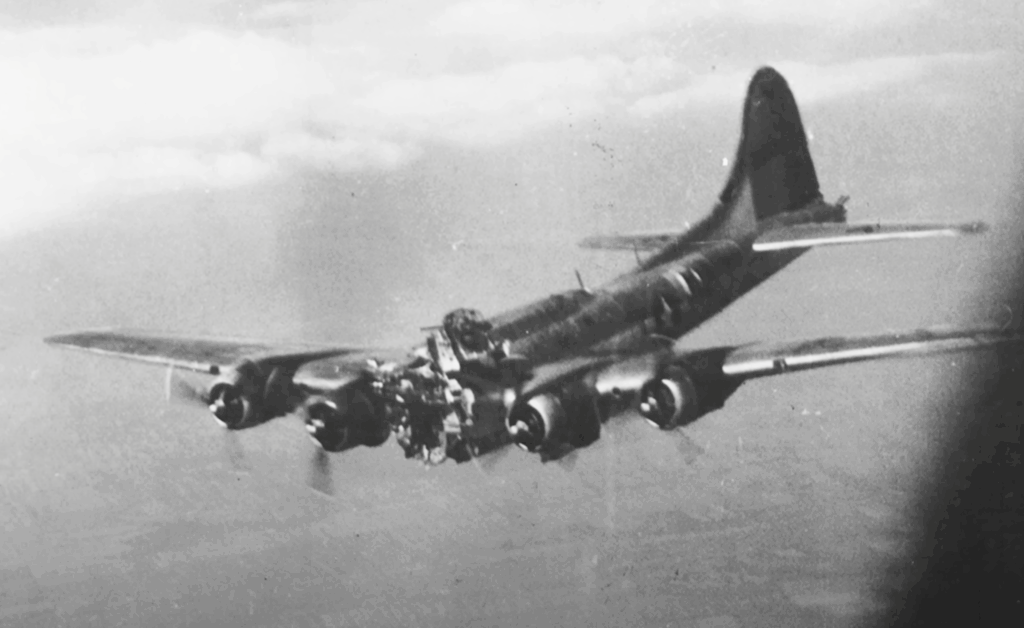
Survival and Reunion
Swanson soon discovered that the rest of his crew had also survived and were captured nearby. They were all taken to the same camp, where they endured nine harsh months until U.S. forces liberated them on April 30, 1945. That night, all eight men returned home.
Swanson’s actions that day earned him a promotion to Lieutenant Colonel. He later returned to civilian life in Michigan, where he married and raised a family. Though he lived quietly, the bond with his crewmates remained strong. They reunited over the years, sharing stories and memories few others could understand.
Ewald Swanson passed away in 2009 at the age of 89. He remains the only known pilot to have flown a B-17 for over ten minutes without a cockpit—an act of endurance, teamwork, and resolve under conditions most would not survive.
